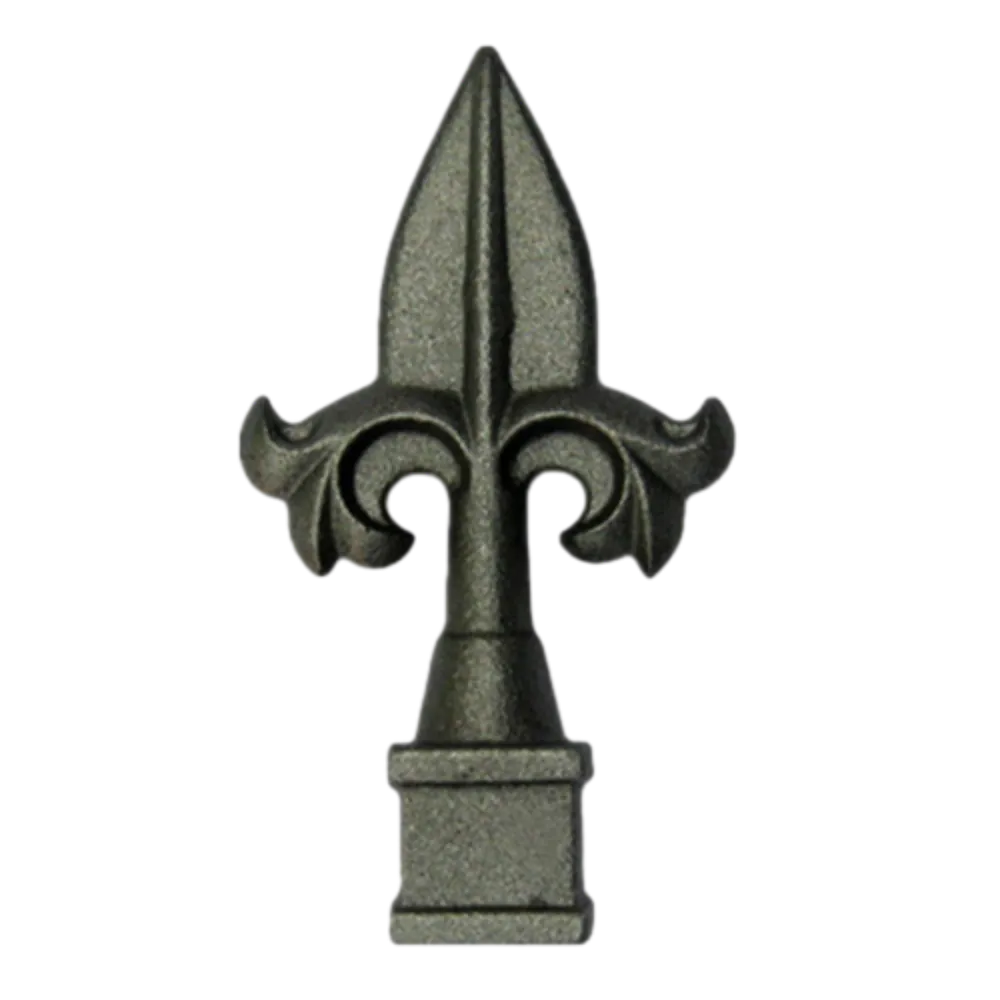Exploring the Benefits and Applications of Cast Iron Castings in Various Industries
Understanding Cast Iron Castings A Blend of Tradition and Innovation
Cast iron, a material known for its remarkable properties, has been a cornerstone of manufacturing and engineering for centuries. Cast iron castings are produced through a process of pouring molten iron into molds, where it cools and solidifies to form intricate shapes and designs. This method has stood the test of time due to its versatility, durability, and ability to withstand high temperatures.
One of the defining characteristics of cast iron is its high carbon content, which typically ranges from 2% to 4%. This composition not only enhances the strength and durability of the material but also allows for excellent casting characteristics. Various types of cast iron, including gray iron, ductile iron, and white iron, are utilized based on their specific properties and the requirements of the application.
Gray iron is the most commonly used type; it is known for its wear resistance and excellent machinability, making it ideal for engine blocks, pipes, and various automotive components. Ductile iron, with its added alloying elements, exhibits enhanced tensile strength and flexibility, making it suitable for applications requiring higher performance, such as gears and crankshafts. White iron, on the other hand, is utilized for applications requiring hardness and abrasion resistance.
cast iron castings

The manufacturing process of cast iron castings begins with preparing the mold, which can be made from sand, metal, or ceramic materials. Once the mold is ready, molten iron is poured into it and allowed to solidify. After cooling, the mold is removed, revealing the finished casting, which may undergo further processes such as machining, surface treatment, and inspection to meet specific quality standards.
One of the significant advantages of cast iron castings is their ability to produce complex shapes and designs, which can be challenging with other materials. This attribute makes cast iron an excellent choice for various industries, including automotive, aerospace, and construction. The ability to recycle cast iron also contributes to its sustainability, as used cast iron can be melted down and recast into new items, reducing waste and conserving energy.
In conclusion, cast iron castings represent a harmonious blend of traditional craftsmanship and modern engineering advancements. With their unparalleled strength, versatility, and recyclability, they continue to be a preferred choice for manufacturers worldwide. As industries evolve and new technologies emerge, the future of cast iron castings promises to remain robust, proving that this age-old material still holds significant value in the contemporary manufacturing landscape.
-
Wrought Iron Components: Timeless Elegance and Structural StrengthNewsJul.28,2025
-
Window Hardware Essentials: Rollers, Handles, and Locking SolutionsNewsJul.28,2025
-
Small Agricultural Processing Machines: Corn Threshers, Cassava Chippers, Grain Peelers & Chaff CuttersNewsJul.28,2025
-
Sliding Rollers: Smooth, Silent, and Built to LastNewsJul.28,2025
-
Cast Iron Stoves: Timeless Heating with Modern EfficiencyNewsJul.28,2025
-
Cast Iron Pipe and Fitting: Durable, Fire-Resistant Solutions for Plumbing and DrainageNewsJul.28,2025
-
 Wrought Iron Components: Timeless Elegance and Structural StrengthJul-28-2025Wrought Iron Components: Timeless Elegance and Structural Strength
Wrought Iron Components: Timeless Elegance and Structural StrengthJul-28-2025Wrought Iron Components: Timeless Elegance and Structural Strength -
 Window Hardware Essentials: Rollers, Handles, and Locking SolutionsJul-28-2025Window Hardware Essentials: Rollers, Handles, and Locking Solutions
Window Hardware Essentials: Rollers, Handles, and Locking SolutionsJul-28-2025Window Hardware Essentials: Rollers, Handles, and Locking Solutions -
 Small Agricultural Processing Machines: Corn Threshers, Cassava Chippers, Grain Peelers & Chaff CuttersJul-28-2025Small Agricultural Processing Machines: Corn Threshers, Cassava Chippers, Grain Peelers & Chaff Cutters
Small Agricultural Processing Machines: Corn Threshers, Cassava Chippers, Grain Peelers & Chaff CuttersJul-28-2025Small Agricultural Processing Machines: Corn Threshers, Cassava Chippers, Grain Peelers & Chaff Cutters












